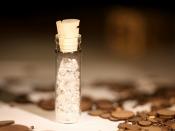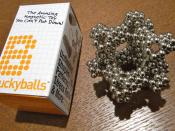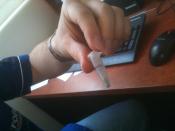Diamonds are the hardest, most robust and brilliant of all precious stones. The word 'diamond' comes from the Greek word 'Adamas', which means unconquerable, referring to its hardness. Diamonds are transparent gems composed of carbon and are the hardest natural substance in the world. In addition to this, they also have the highest thermal conductivity of 20-25 W/cmK, which is 5 times more then copper. Diamonds in its most pure form are colourless, although some may contain traces of Boron or nitrogen, which in combination give it different colours such as yellow, blue, green and black. The weight of diamond is measured in carats (one carat = 0.2 gram). Diamonds have a high refractive index of 2.4175 and a high dispersion of 0.044 which makes it a highly valued stone. Diamonds typically crystallize in the cubic crystal system and consist of tetrahedrally bonded carbon atoms. The quality of diamonds can be split broadly into the categories; gem, near gem, industrial and boart.
Most economic diamond deposits contain 20 to 40% gem quality diamonds which can be used for jewelry, the other 60% to 80% are used for industrial purposes. Diamonds are prized for their brilliance (ability to reflect light), fire (the ability to refract and disperse light) and scintillation (ability to 'twinkle').
Naturally occurring diamonds are extremely rare compared to other minerals, although gem quality synthetic diamonds can be made by exposing carbon to extreme heat. Naturally occurring diamonds are nearly all over several billion years old and are formed deep within the Earth (between 100km and 200km below the surface) under tremendous heat and pressure. The diamonds are carried to the surface in magma tubes during volcanic eruptions. However, scientists believe that these eruptions must be forceful, so that the magma moves up at high speeds, because otherwise the...



Good
Your essay is well divided! Each paragraph have a topic sentence above. I think this is really good. Easy for us to know what will be introduced in the following paragraph.
0 out of 0 people found this comment useful.